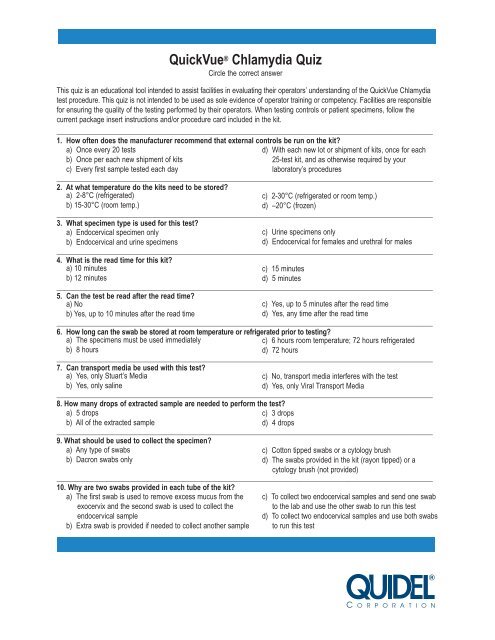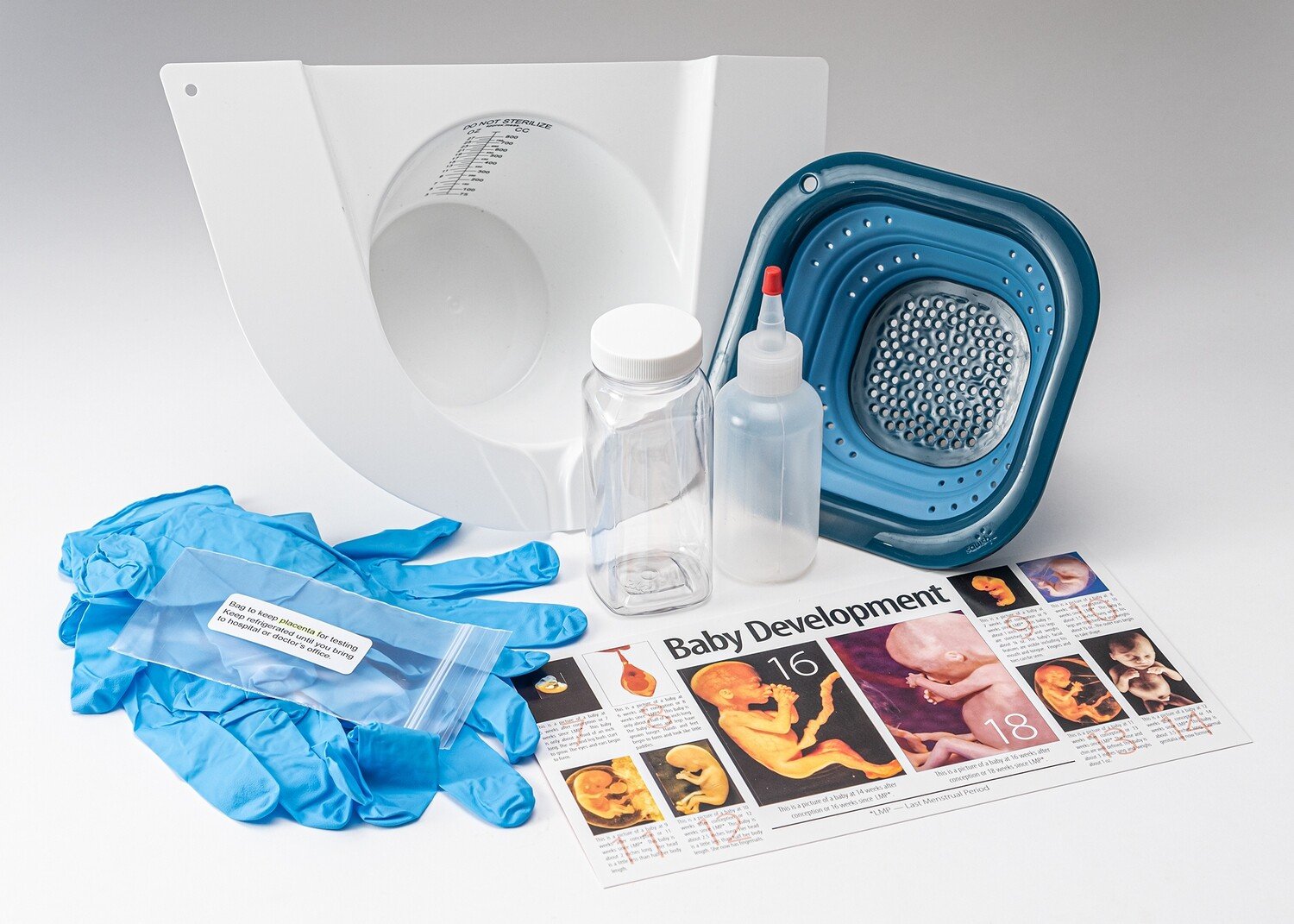Saline solution does not need to be refrigerated but should be stored at room temperature. Ensure the storage area is cool, dry, and away from direct sunlight.
Saline, a sterile mix of salt and water, plays a critical role in medical settings for a variety of purposes, including IV drips, wound care, and contact lens rinsing. Its versatility makes it a staple in both hospital environments and home first aid kits.
The solution’s sterility is paramount; therefore, it’s essential to handle it with care, ensuring that it remains uncontaminated. Unopened saline can be stored at room temperature until the expiration date, while opened containers should be used within a specified time frame to maintain their sterility. Proper storage of saline solution helps maintain its efficacy and prevents bacterial growth, which is crucial for patient safety and effective treatment outcomes.

Credit: www.yumpu.com
Introduction To Saline Solutions
Introduction to Saline Solutions starts with understanding its basics. Saline solutions are simple but vital in healthcare. Let’s dive into what saline is and its common uses.
What Is Saline?
Saline is salt water. It is a mix of water and salt. This mix matches the saltiness of our bodies. It is safe and helpful for many health needs.
Common Uses In Medical Settings
- Cleans wounds: Saline washes away dirt and germs.
- Hydrates patients: It gives water and salt to the body.
- Helps with breathing: Saline clears the nasal passage.
Storage Basics For Medical Supplies
Understanding how to store medical supplies is crucial. It ensures they work as intended. Saline, a common supply, needs correct storage. Let’s dive into the basics of keeping such items safe and effective.
General Guidelines
Medical supplies vary in storage needs. Yet, some rules apply to all. Store in a cool, dry place. Keep them away from direct sunlight. Always check the label for specific instructions. This helps maintain their integrity.
Importance Of Proper Storage
Proper storage keeps supplies safe. It prevents contamination and preserves efficacy. For saline, incorrect storage may lead to bacterial growth. This could be harmful to patients. Ensure supplies stay within their recommended conditions for optimal use.
Storage tips:
- Check expiry dates regularly.
- Follow manufacturer guidelines for each product.
- Use first in, first out to manage inventory.
Temperature control:
| Supply | Storage Temperature |
|---|---|
| Saline | Room temperature (59°F to 77°F) |
| Vaccines | Refrigerated (36°F to 46°F) |
Always segregate supplies. Keep different types in designated areas. This avoids mix-ups. It ensures easy access in emergencies.
The Refrigeration Debate
The topic of whether saline solutions require refrigeration sparks lively discussions among healthcare professionals and patients alike. Saline, a staple in medical treatments, stirs debate on storage practices. Let’s delve into the arguments and counter-arguments surrounding this saline storage conundrum.
Arguments For Refrigeration
Many insist on keeping saline chilled for various reasons:
- Extended Shelf Life: Cool temperatures may slow bacterial growth, prolonging product integrity.
- Preservation of Potency: Some argue that refrigeration maintains saline’s effectiveness over time.
- Comfort for Patients: Chilled saline can soothe when used in treatments or injections.
Counter-arguments
Others argue that refrigeration for saline isn’t necessary:
- Manufacturer Guidelines: Most saline solutions come with storage instructions that do not include refrigeration.
- Convenience: Room temperature storage allows for immediate use without the need to warm up the solution.
- Cost and Space Efficiency: Refrigeration requires energy and space that could be allocated elsewhere.
Myths Vs. Facts
Many people believe certain things about storing saline. Let’s explore myths and facts. This will help us use saline safely and effectively.
Breaking Down Common Misconceptions
There are plenty of myths about saline storage. Let’s clear them up.
- Saline must be cold: Not always true.
- Refrigeration prevents contamination: Misleading, proper use matters more.
- All saline types need refrigeration: Depends on the product.
What Experts Say
Medical experts provide clear guidelines for saline. We trust their knowledge.
| Saline Type | Storage Advice |
|---|---|
| Multi-dose vials | Room temperature, use within 28 days |
| Single-use ampoules | No refrigeration, discard after use |
| Contact lens solution | Check label, some need refrigeration |
Impact Of Temperature On Saline
Saline solutions are essential in medical care. They hydrate patients, clean wounds, and deliver medications. It’s crucial to store saline correctly for its effectiveness. Let’s explore how temperature impacts saline’s quality and stability.
How Temperature Affects Saline
Saline solutions must stay within specific temperatures. Extreme heat or cold can change saline’s properties. This can make it less effective or unsafe.
- Heat can encourage bacterial growth.
- Cold can cause saline to freeze, altering its salt concentration.
Medical guidelines suggest storing saline at room temperature. This keeps the solution safe for use.
Studies On Saline Stability
Research shows that temperature can affect saline’s stability. Studies indicate proper storage is key.
| Temperature Range | Saline Stability |
|---|---|
| 20-25°C (68-77°F) | Optimal for saline |
| Above 25°C (77°F) | Risk of degradation increases |
| Below 20°C (68°F) | Potential freezing risk |
Keep saline in a controlled environment. This ensures its quality during use.
:max_bytes(150000):strip_icc()/woman-using-nasal-spray-for-controlling-rhinitis-596316348-5867ef0b5f9b586e025c30c6.jpg)
Credit: www.verywellhealth.com
Manufacturer’s Instructions
Understanding manufacturer’s instructions is key to using saline safely. Manufacturers provide guidelines on storage and disposal to ensure the product’s effectiveness and safety. It’s crucial to follow these instructions carefully.
Label Recommendations
Always check the label on your saline solution before use. The label contains important information about storage. This includes whether the saline needs to be refrigerated after opening. Not all saline solutions are the same. Some require refrigeration, while others are safe at room temperature.
- Refrigerate if the label says so.
- Keep at room temperature if refrigeration is not needed.
- Avoid direct sunlight and heat.
When To Discard Saline
Knowing when to throw out saline is important for your health. The manufacturer provides guidelines for this too. Look for an expiration date or a use-by date on the package.
| Condition | Action |
|---|---|
| After opening | Discard after the recommended time, usually 24-48 hours. |
| If unopened | Use before the expiration date. |
| If it looks cloudy or has particles | Do not use. Throw it away. |
Remember, when in doubt, throw it out. It’s better to be safe than sorry.
Safe Handling Practices
Handling saline safely is key for health. We follow best practices always. Let’s discuss safe handling practices for saline. This includes hygiene and clinical use.
Hygiene And Safety Precautions
To keep saline safe, hygiene is crucial. Here are steps to follow:
- Wash hands before touching saline.
- Use sterile equipment always.
- Keep saline in a clean area.
- Do not touch the open end of a saline bottle.
- Check expiry dates before use.
Protocols For Clinical Use
In clinics, saline use follows strict rules. These ensure safety:
- Only trained staff handle saline.
- Saline is kept at room temperature, unless otherwise stated.
- After opening, use quickly.
- Unused saline is discarded, not stored.
- Record the usage date and time on the bottle.
By following these steps, we keep saline safe for everyone. Remember, these actions protect patients and healthcare workers alike.
Faqs On Saline Storage
Welcome to our comprehensive section on saline storage. A proper understanding of how to store saline can ensure its effectiveness and safety. Below, we address some of the most common questions related to the storage of saline solutions.
Addressing Common Questions
- Does saline expire? Yes, check the packaging for expiration dates.
- Should saline be kept in the fridge? Not necessary unless specified.
- Can I use saline past its expiry? No, it may not be safe or effective.
Expert Answers
| Question | Answer |
|---|---|
| Optimal storage temperature for saline? | Room temperature, generally between 20-25°C. |
| Signs of compromised saline? | Discoloration, cloudiness, or leakage. |
| Steps if saline is not stored properly? | Discard it to avoid potential risks. |

Credit: www.amazon.com
Frequently Asked Questions
Can Saline Be Stored At Room Temperature?
Yes, you can store saline at room temperature, away from direct sunlight and heat sources. Keep the bottle sealed until use.
Will Saline Solution Go Bad?
Yes, saline solution can expire. Always check the expiration date and discard any unused portion after opening, typically within 28 days.
Where To Store Saline Solution?
Store saline solution in a cool, dry place away from direct sunlight. Ensure the cap is tightly sealed to maintain sterility.
How Long Can Normal Saline Be Used After Opening?
Normal saline should be used within 24 hours of opening. Discard any unused solution after this period to prevent contamination.
Conclusion
Storing saline solution correctly ensures its safety and efficacy. Refrigeration is not typically required, but always check the label for storage guidelines. For peace of mind, consult with a healthcare professional. Remember, proper storage is key to maintaining the quality of your saline solution.

